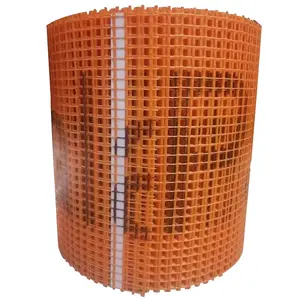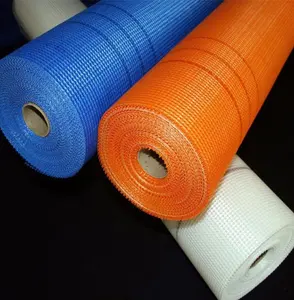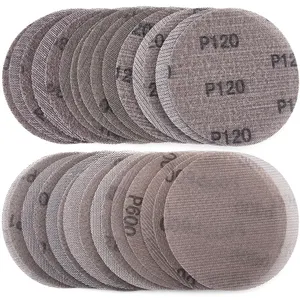

Orange Granite Slab Fiberglass Reinforcement Tile Mesh Roll Spain Fiberglass Mesh For Eifs Marble Stone Backing


High Quality Fiberglass Mesh Fabric Fireproof Cloth Net Roll Alkali Resistant Fiberglass Mesh From China
























The realm of surface finishing and material shaping is incomplete without the mention of abrasive mesh. This versatile category encompasses a variety of tools designed for precision work on a multitude of surfaces. Abrasive mesh, a key player in this field, is a unique blend of durability and flexibility, making it an essential component for professionals seeking efficient and effective surface preparation and finishing.
Abrasive mesh is a net-like sheet embedded with abrasive grains. Unlike traditional sandpaper, mesh sandpaper offers a dust-free sanding environment due to its open mesh construction, which allows particles to pass through without clogging. This feature not only extends the life of the abrasive material but also ensures a cleaner working space. Micro mesh sandpaper, a finer variant, is particularly suited for applications requiring a meticulous finish.
From garnet 80 mesh to mirka abranet sanding disc, the types of abrasive mesh are as varied as their applications. The coarser garnet mesh 30 60 is typically used in heavy-duty sanding, removing layers with ease, while finer grades like micro mesh sanding pad are perfect for polishing to a high sheen. The versatility of abrasive mesh makes it suitable for use on wood, metal, and even composite materials.
The design of abrasive mesh incorporates a mesh sanding structure that promotes optimal dust extraction. This not only improves the working environment but also enhances the quality of the finish. The uniform distribution of abrasive grains ensures consistent performance throughout the mesh's lifespan. Additionally, the inherent flexibility of mesh sanding sheets allows them to conform to various shapes and contours, providing an even finish on intricate pieces.
Abrasive meshes are often made with synthetic materials such as aluminum oxide or silicon carbide, which are bonded to a mesh backing. The choice of material affects the cutting efficiency and longevity of the mesh. For instance, abranet sanding mesh is known for its durable and sharp grains, which contribute to its long-lasting nature. Environmental considerations are also taken into account, with many abrasive mesh products being designed for reuse, reducing waste in the process.
Selecting the right abrasive mesh involves considering the material to be worked on and the desired finish. For heavy material removal, a coarser mesh like garnet 30 60 is effective, while for fine finishing, a product like mirka abranet sandpaper is more suitable. When using abrasive mesh, it is important to apply even pressure and to regularly clean the mesh to maintain its effectiveness.
In conclusion, abrasive mesh is a key tool for professionals seeking efficient, clean, and versatile sanding options. Its various forms cater to a wide range of applications, making it a staple in any workshop or construction site. By understanding the different types and their specific uses, one can greatly improve the quality and efficiency of their work.